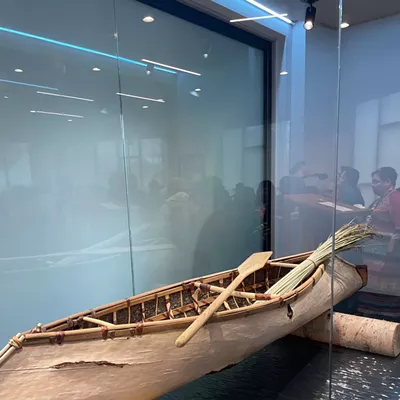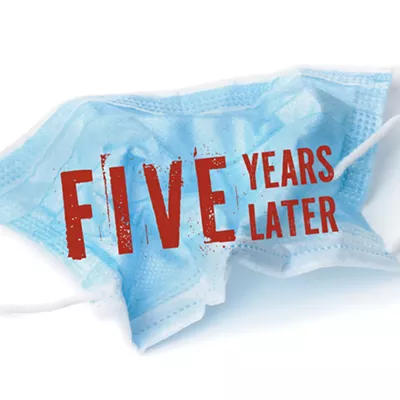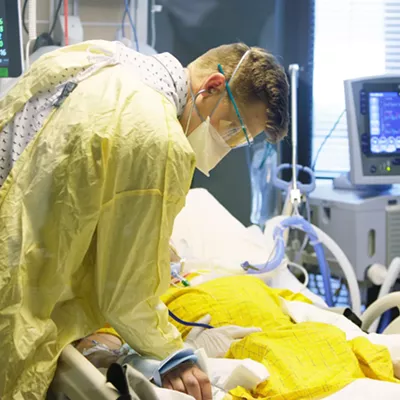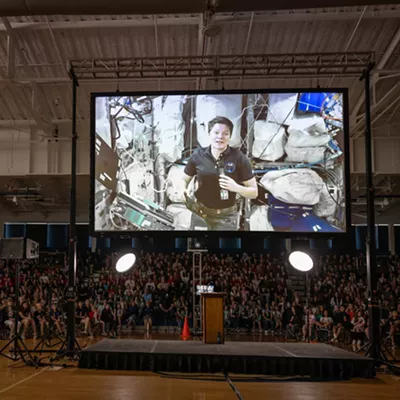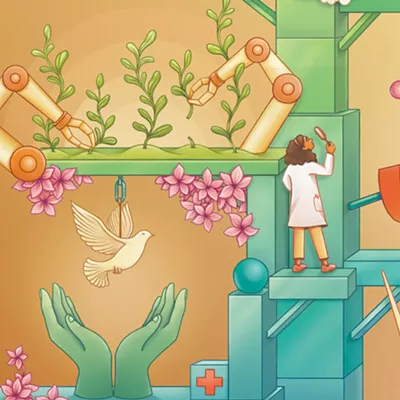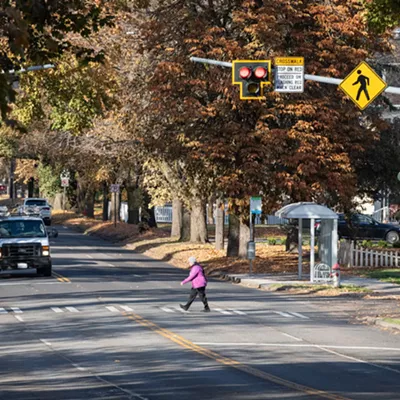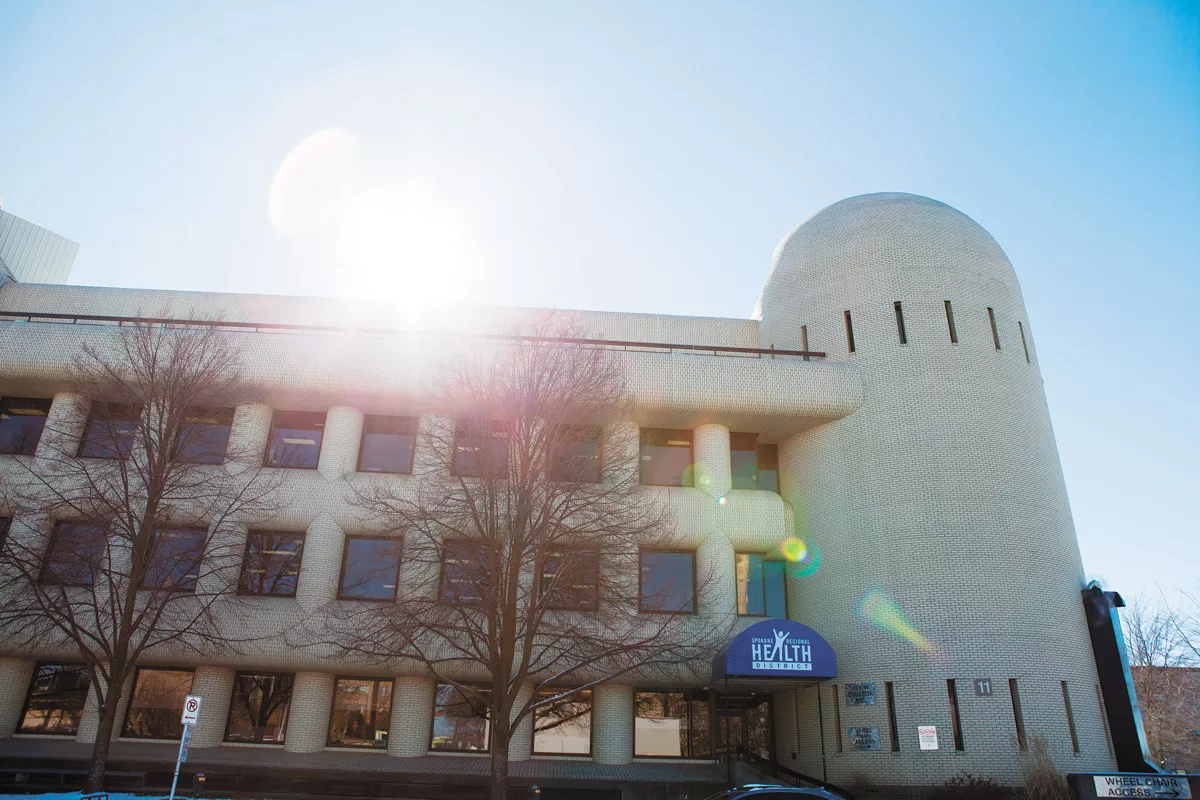
It was supposed to be the best weapon against another COVID-19 surge.
That's what public health officials said, at least, when discussing plans this spring to ramp up contact tracing — the process of calling people with a disease, urging them to take precautions that would prevent further spread and determining who else that person might have already exposed.
Dr. Anthony Fauci, White House coronavirus adviser, in April called contact tracing an "extraordinarily important" tool in flattening the curve and a way "to get our arms" around an outbreak. Former Spokane Regional Health Officer Bob Lutz told the Inlander in May that contact tracing is how health officials hoped to "box in" COVID-19. Like health districts across the country, the Spokane Regional Health District hired dozens of contact tracers. And Washington Gov. Jay Inslee had the state train more than 1,000 people to do the work.
But within weeks, it became evident that contact tracing was no match for COVID-19.
"It's not going well. I have to tell you, it's not going well," Fauci said in an interview in late June.
Indeed, despite the investment in contact tracing, it has not proven to be enough to contain COVID-19. Some cities have given up on tracking cases. Other places, like Maine, are loosening contact tracing guidelines to only investigate when there's a positive test, instead of assuming symptomatic close contacts are probable cases. The move is intended to preserve resources, since the flu presents similar symptoms as COVID-19.
David Line, program director for EWU's public health program, suggests local health officials should do something similar as infection rates continue to surge.
Contact tracing, he says, remains valuable in notifying people who have been exposed and saving lives.
"But if you're looking at it from the perspective of the community, seeing this sub-surge, it's failed," Line says.
THE PROBLEMS
The nature of the novel coronavirus puts contact tracers at a disadvantage. That's because it spreads easily when an individual has no idea they might be sick. Studies have indicated that around 40 percent to 50 percent of COVID-19 cases may be asymptomatic yet still able to spread SARS-CoV-2.
Those asymptomatic people may not get tested. And that makes it difficult for health officials to identify cases.
"It's the challenge we can't figure out," Line says. "We can't figure out how to bridge that issue."
Equally challenging for contact tracing teams is an inadequate testing infrastructure. Early on in the pandemic, only people with symptoms of COVID-19 were eligible for testing, and results took way too long to get back.
"We wouldn't get results for five to six days, or even as long as 10 days," says Mark Springer, epidemiologist with the Spokane Regional Health District. "At that point, most people are well into their exposure and developing symptoms."
It was valuable time that made it impossible for contact tracers to do their work. And while testing capacity has increased since the spring — allowing close contacts of cases to get tested without symptoms — results can still take days to come back.
Surveillance testing is one way to address the issue of asymptomatic transmission. Local colleges have used that strategy of regularly testing a sample of the population, identifying cases before an individual becomes symptomatic. Springer says that rapid tests that churn out same-day results could be more effective for surveillance testing purposes in workplaces — testing everyone once a week could prevent outbreaks. But there still aren't enough rapid tests available.
And then there's another glaring problem with contact tracing: compliance.
The Washington Department of Health has said it's goal is for contact tracers to reach 90 percent of confirmed cases and 80 percent of their close contacts within two days. But the state's contact tracers keep falling short of that goal. The week of Oct. 11-17, for example, they reached only 58 percent of cases within one day. State health officer Kathy Lofy says sometimes the listed phone number for a person who tests positive is wrong. But another major barrier is that people simply aren't responding — and when they do, they don't want to share crucial information.
"Many people with COVID who we interview are not willing to reveal the names of contacts to public health," Lofy says.
Even when they do freely share contacts, they may not remember everyone. Springer says this is partly why case investigators can more easily trace infections in structured settings like schools, where they know who was in a classroom with a student, for example. But restaurants present a challenge. Someone who tests positive may have dined in a restaurant, but they probably don't know the people who sat at the table next to them. Restaurants are likely linked to more cases than health officials know about for that very reason.
Despite all these issues with contact tracing, Line reiterates that contact tracing remains valuable. It still has saved lives by urging those who may have COVID-19 to isolate.
"It makes sense to do contact tracing," Line says. "It doesn't make sense to do the tracing we have been doing."
TAKING A STEP BACK
Contact tracing can go two ways. It can go forward by identifying cases and tracking whom those cases might have exposed to the virus in hopes of cutting off further spread. This is how public health officials have approached COVID-19 thus far.
Or it can go backward. That would involve identifying a positive case and attempting to identify the source that gave that person COVID-19. By doing so, contact tracers can potentially find other people infected by that source who may not know it yet.
Line believes health officials should be changing how they do contact tracing — but not by going backward in tracing. Instead, he says contact tracers should go the route that Maine has, which involves only doing contact tracing with known confirmed cases. It may not significantly slow the spread of COVID, he says, but it can still save people's lives.
It's not practical to go backwards, he says, because there will be a high number of people with flu symptoms mirroring those of COVID-19. Contact tracers won't be able to tell everyone with symptoms to quarantine for 14 days. That would simply impact too many people, Line says.
Other health departments are rethinking their strategy in the opposite direction. For example, the Ohio Health Department announced last month it would start tracking new cases back to the source. Recent studies have suggested that backward tracing may be a more effective way of outbreak control.
With rapidly rising case counts, however, Spokane isn't prioritizing contact tracing going backward to identify the source.
"From our perspective," Springer says, "the most important role is moving forward."
To be sure, the health district has identified certain superspreader events that have been the source for widespread infections — such as weddings or outbreaks in congregate settings — but Springer says it's more important to make sure infection is not spread beyond a known positive case.
These decisions become more difficult with the level of community spread currently. With hundreds of new cases per day in Spokane, and only around 50 contact tracers, tracing backward would be highly difficult to do.
In other words, the virus has long been out of the box. It's more like a wildfire. Contact tracers have passed the point of being able to extinguish it at the source, but they can try to create a fireline preventing it from spreading further.
"Staffing resources aren't unlimited and scalable," Springer says. "As we move forward into these higher numbers, we have to prioritize where we're going to be able to interrupt transmission." ♦



